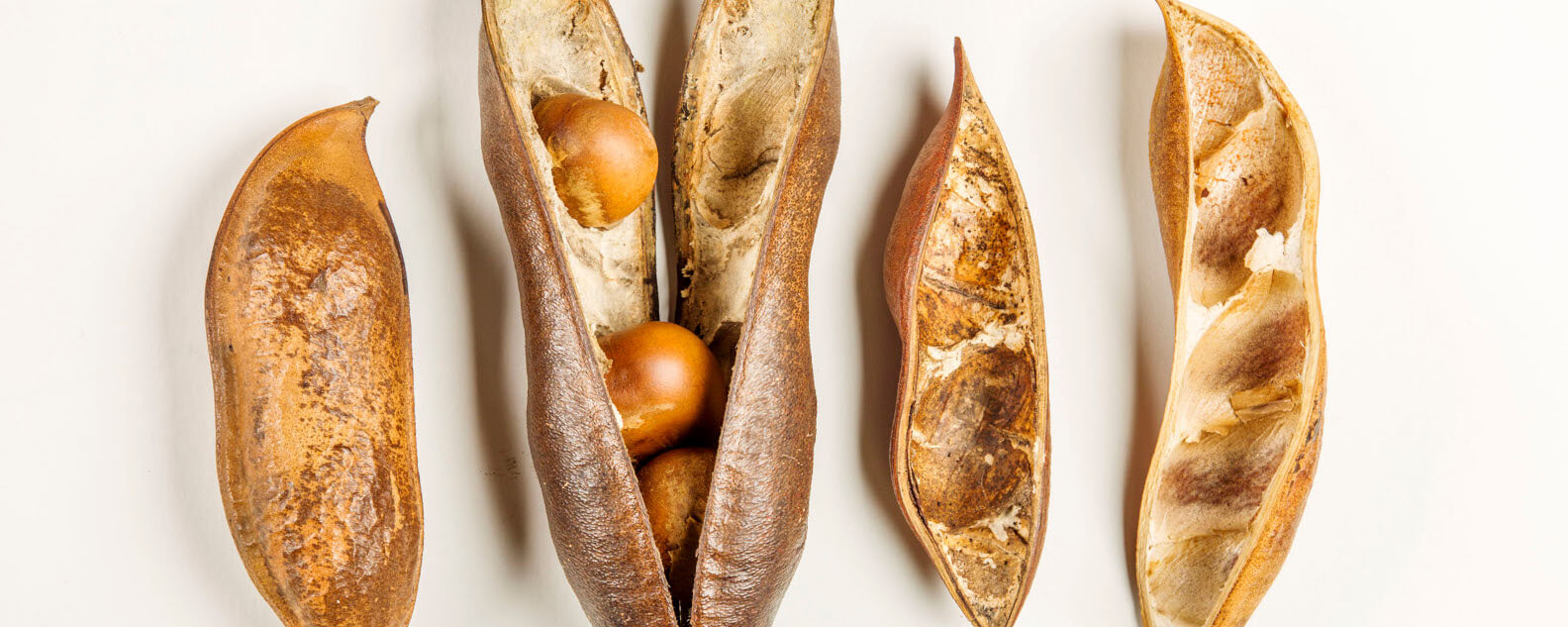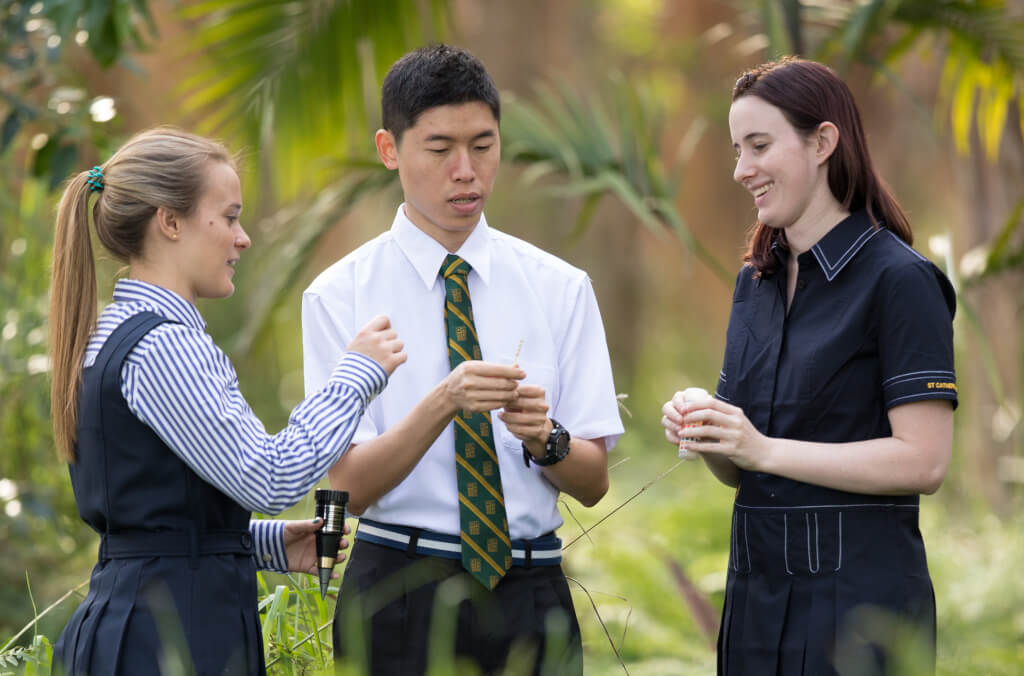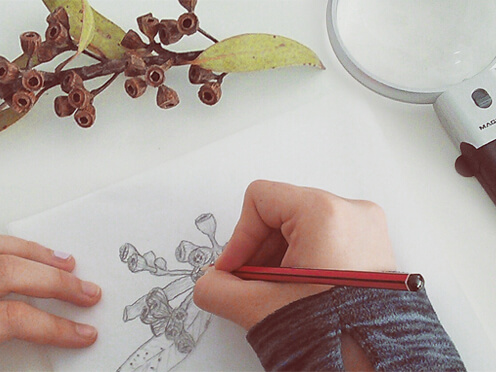Purposeful Plants
Investigate a range of native plants and their adaptations while discovering the latest scientific conservation and ecosystem research within the Australian Institute of Botanical Science.

Stage 4
Science
2 hours
Minimum charges apply. Discounts apply for full day programs!
Investigate a range of native plants and their adaptations while discovering the latest scientific conservation and ecosystem research within the Australian Institute of Botanical Science.
First Nations educators will provide an Indigenous perspective on living with and from the native bushland and explain the different uses of these plants as foods, medicines and raw materials for tools and weapons.
Students will
- Learn how features of some Australian plants are adaptations for survival in their environment.
- Discuss how the observations and understanding of the structure, function and life cycles of native plants are used by Aboriginal and Torres Strait Islander peoples.
- Research how the knowledge of physical properties of natural materials is used by Aboriginal and Torres Strait Islander peoples in everyday life.
Key content
- Explore native plants and their adaptations in the Royal Botanic Garden Sydney.
- Compare the structural features of different plants and learning about how these allow them to survive in a variety of Australian environments.
- Learn about the features and properties of these plants that make them useful to First Nations people.
- Record observations, including diagrams and concluding similar/different adaptive strategies.
Links to New South Wales curriculum
Focus Syllabus Outcomes
Science & Technology
- Appreciates the importance of science in their lives and the role of scientific inquiry in increasing their understanding of the world around them (SC4-1VA)
- Follows a sequence of instructions to safely undertake a range of investigation types, collaboratively and individually (SC4-6WS6)
- Processes and analyses data from a first-hand investigation and secondary sources to identify trends, patterns and relationships and draw conclusions (SC4-7WS7.1)
- Relates the structure and function of living things to their classification, survival and reproduction (SC4-14LW)
Living World – Additional content
- Discuss how the observations and understanding of the structure, function and life cycles of native plants are used by Aboriginal and Torres Strait Islander peoples
Physical World – Additional content
- Describe the scientific principles deployed in some traditional technologies used and developed by Aboriginal and Torres Strait Islander peoples
Chemical World - Additional content
- Research how knowledge of physical properties of natural materials is used by Aboriginal and Torres Strait Islander peoples in everyday life, e.g. tools, weapons, utensils, shelter, housing or bush medicine

"Learn about the features and properties of plants that make them useful to First Nations people."
Related excursions

Students explore the Botanic Gardens and experience art through the wonders of nature.

Learn about the ecology of the protected, remnant environments.

Learn about the ecology of the protected, remnant environments.